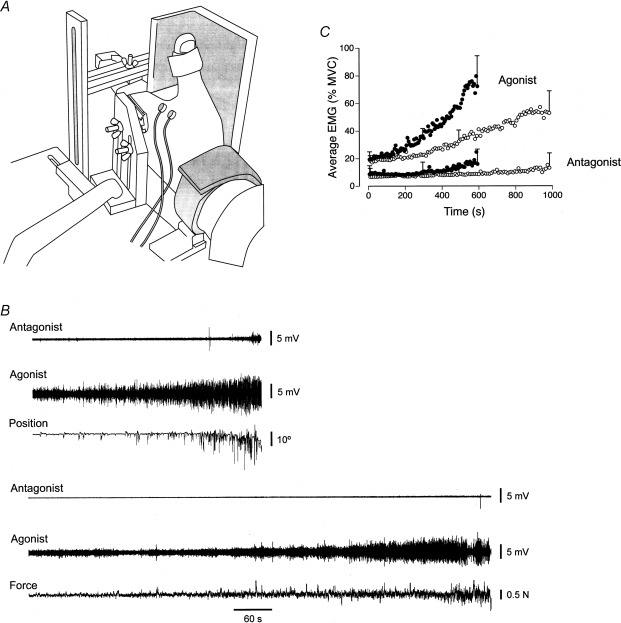Figure 4. Characteristics of the force and position tasks performed to failure.
A, the two tasks were performed with the first interosseus muscle with the hand in the posture shown. The index finger pushed up against a rigid restraint for the force task and supported an inertial load for the position task. B, representative data for the position (top) and force (bottom) tasks as performed by one individual. For each task, the data comprise the EMG for the antagonist (second palmar interosseus) and agonist (first dorsal interosseus) muscles, and either the joint angle (position task) or the abduction force (force task). Adapted with permission from Maluf et al. (2005). C, group data (n = 20) for EMG amplitude for the agonist and antagonist muscles during the force and position tasks. EMG amplitude was calculated for each 1% interval of the time to failure and averaged across subjects. 95% confidence intervals are shown for the first, middle and last data point of each condition. Adapted from Maluf et al. (2005).

